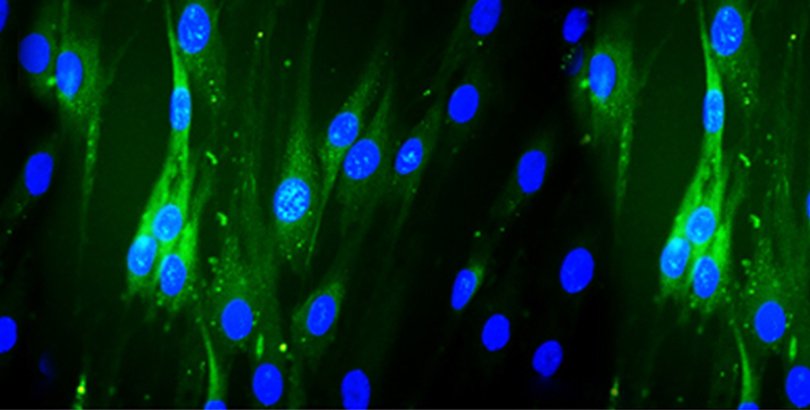Primary Cells
Primary cell cultures provide a more accurate representation of cells' natural state within the body and yield the most biologically significant information. These cultures involve the direct isolation of cells from organ tissues, which are then nurtured for growth in a laboratory setting. Each tissue type in mammals originates from the embryonic germ layer, comprising the ectoderm, endoderm, and mesoderm. Through differentiation, these germ layers give rise to a diverse array of cell types that assemble into complex structures like skin, muscles, blood vessels, internal organs, bones, cartilage, and components of the nervous system. In primary cell culture research, the most commonly utilized cell types include epithelial cells, fibroblasts, keratinocytes, melanocytes, endothelial cells, muscle cells, hematopoietic cells, and mesenchymal stem cells.Primary cells are widely employed in vitro for preclinical and investigative biological studies, enabling exploration of intercellular and intracellular communication, developmental biology, and disease mechanisms. These cells, originating from specific tissues, are cultivated using suitable primary cell culture media and supplements. Compared to immortalized cells, primary cells now offer a more sophisticated approach to replicating the characteristics of specific tissue cell types.





